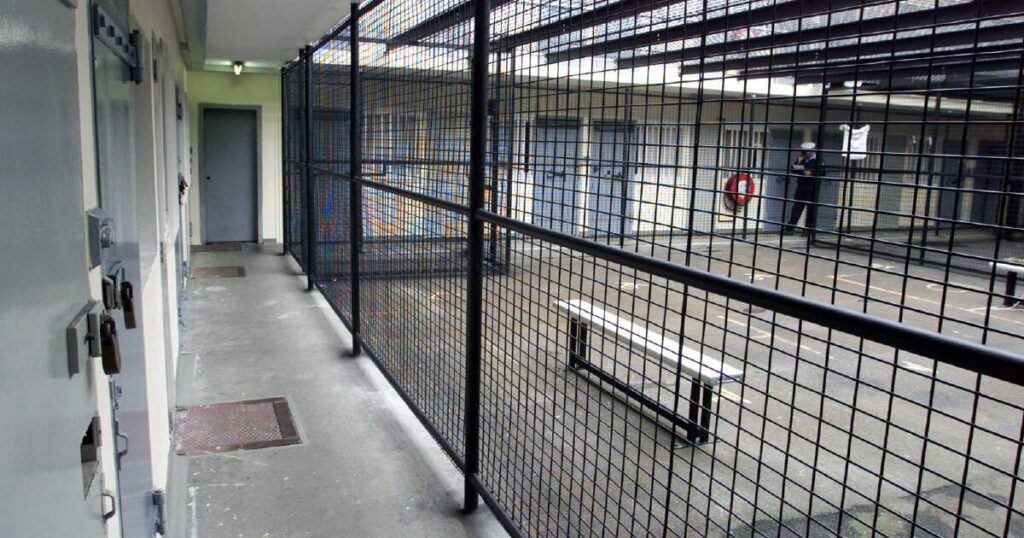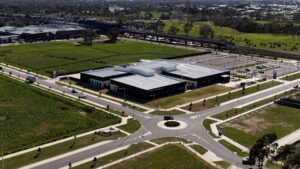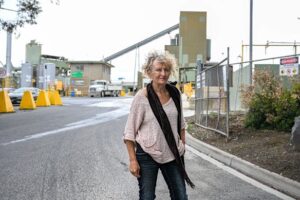
A recent report by the Institute of Public Affairs (IPA) suggests that removing non-violent offenders from Tasmanian prisons could have significant benefits for the economy and public safety. The research highlights that approximately 36 percent of incarcerated individuals in Tasmania are classified as non-violent “victimless offenders” or non-violent property offenders. This figure aligns closely with the national estimate of 37 percent of such offenders across Australia.
According to the report’s author, Mia Schlicht, many of these individuals could be better served through alternative measures, including employment programs, home detention, fines, and restitution to victims. Schlicht believes that reallocating the $2.6 billion spent nationally on incarcerating non-violent offenders could enhance community safety by allowing violent criminals to serve longer sentences.
“With businesses still struggling to find the workers they need, low-risk, non-violent offenders should be contributing to society through work and be made to pay back the victims of their crimes,” Schlicht stated. She emphasized that increasing police presence is crucial in deterring crime, particularly as violent crime rates continue to rise.
Economic Implications and Current Incarceration Rates
The IPA report indicates that Tasmania’s prison system is approaching capacity, with an estimated maximum capacity expected to be reached by November 2028. It costs Tasmania approximately $219,267 to maintain a prisoner for one year. Over the past decade, the state’s incarceration rate per 100,000 adults surged by a staggering 41 percent.
Justice Minister Guy Barnett responded to the report, highlighting the government’s commitment to community safety. He stated that while the administration invests in rehabilitation programs to divert low-risk offenders away from prison, ensuring that violent and dangerous offenders are prosecuted and incarcerated remains a priority.
“We will continue to look for ways to reduce the cost on taxpayers, including continued investment into measures to prevent reoffending,” Barnett said. He also noted that the government is working on expanding the corrections system’s capacity, which includes plans for a new maximum-security unit scheduled for construction in 2026 and 2027.
Future Considerations and Political Reactions
Barnett’s comments reflect a balancing act between ensuring public safety and managing the financial implications of incarceration. The report’s findings raise important questions about the effectiveness of current policies and whether resources could be better allocated to both reduce crime and support rehabilitation.
The Tasmanian Labor Party was approached for comment but had not responded by the time of publication. The discussion surrounding non-violent offenders and their potential contributions to society is likely to continue as stakeholders weigh the implications for both the economy and community safety.
As Tasmania navigates these complex issues, the debate over the best approach to criminal justice reform remains critical, with the potential for significant impacts on both fiscal policy and societal wellbeing.






